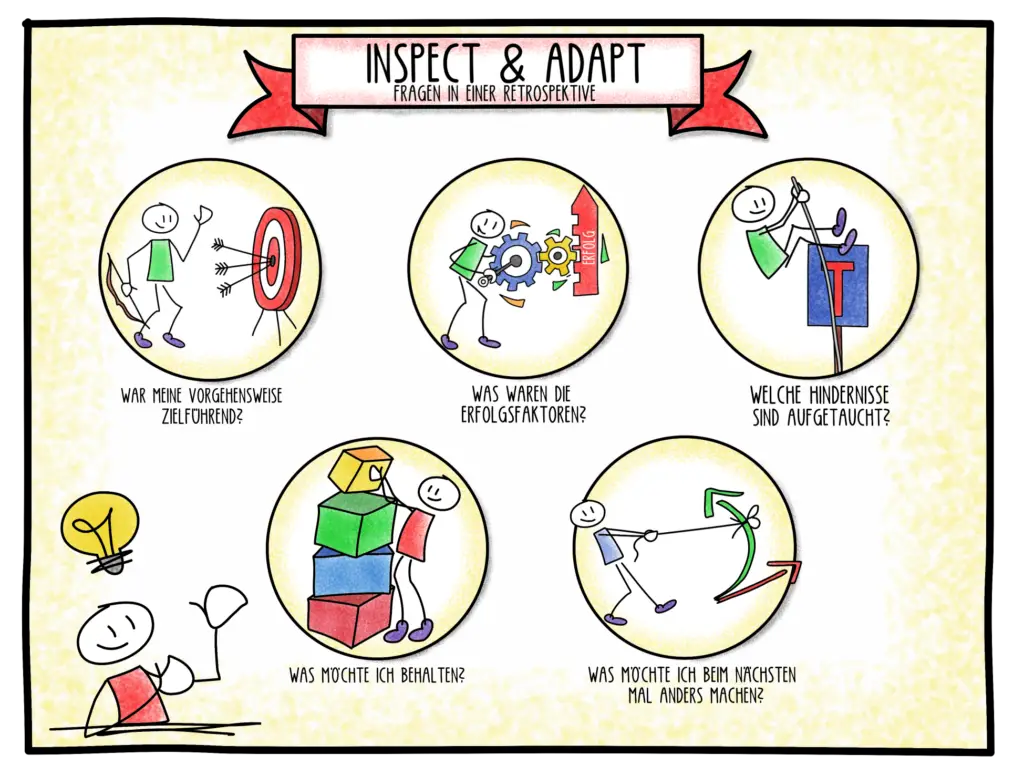
Scrum is an agile, incremental development method. With each increment, the team delivers a potentially usable product. In the process, changes to requirements can flow into the project in a controlled manner.
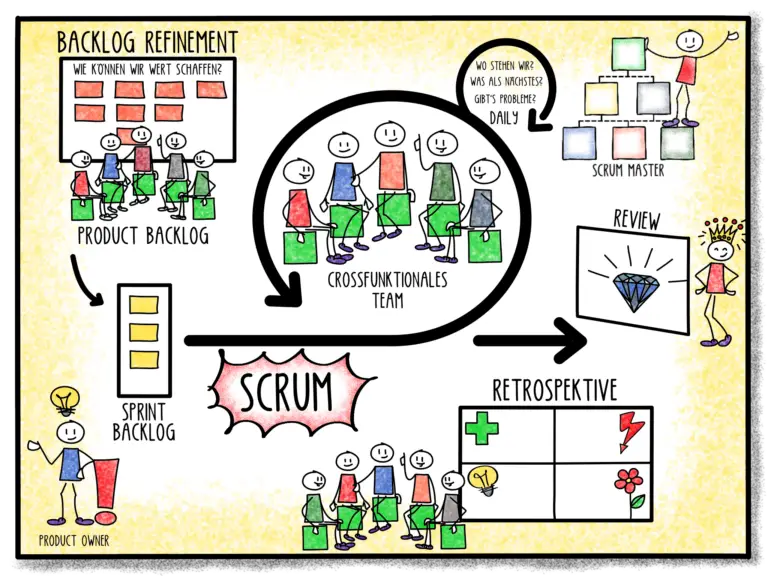
The focus is on the self-organisation of the team. The Scrum Master supports this in order to enable trouble-free work.
The development team does not need a project manager. The product owner, as the person responsible for the product, takes over the technical requirements and defines, prioritises and, if necessary, adapts them. The Scrum rules contribute to transparency and trouble-free development cycles (sprints).
Kanban is a procedure that reduces the number of parallel tasks, the work in progress (WIP), when running through a value chain and thus achieves faster throughput times.
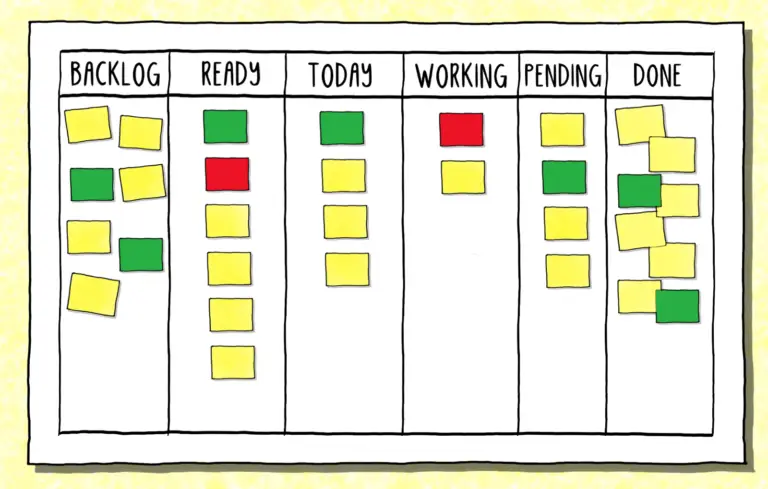
In the process, problems, especially bottlenecks, are quickly made visible.
Kanban comes from lean production and became known through its use at Toyota. The procedure has since been adapted to software development and organisational processes.
Kanban is a wonderful tool to visualise personal tasks and to work through one’s own tasks in a structured and focused way.
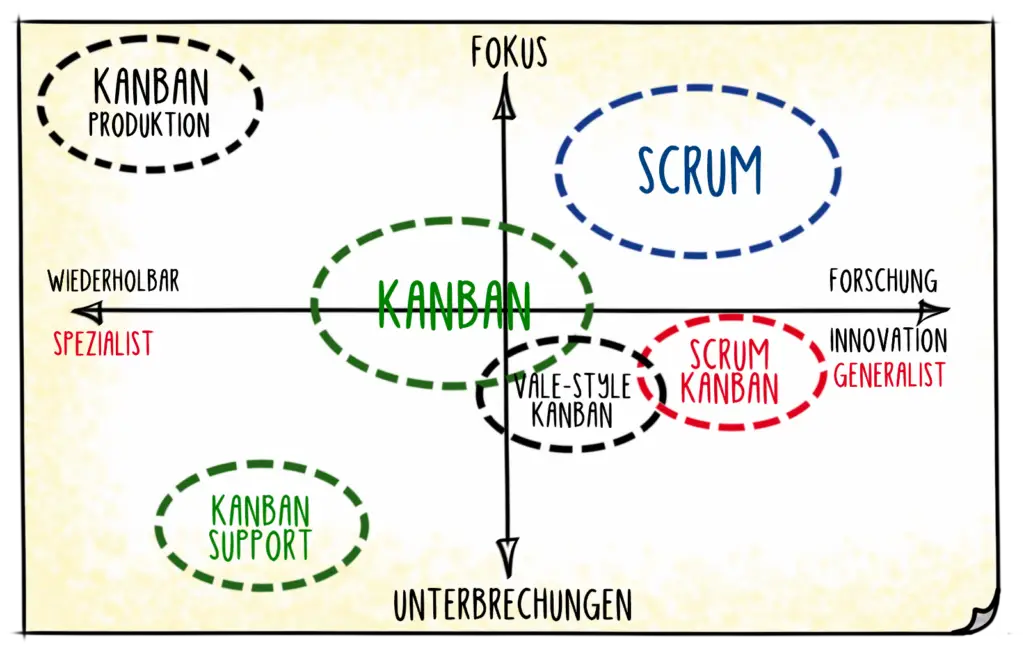
Scrum and Kanban can be used in many places and offer different focuses.
Over time, the ScrumBan construct has also been established, which aims to combine the strengths of the different frameworks in order to increase efficiency even more.
Nevertheless, we would like to advise testing each framework on its own first in order to identify the strengths and problems. It is rather counter-productive to “cherry-pick” from the respective frameworks, because problems arise during implementation.
What all frameworks have in common is that they are meant to uncover problems – so that we can solve them faster. For this reason, it is desirable that with the use of a framework, the underlying problems become visible.
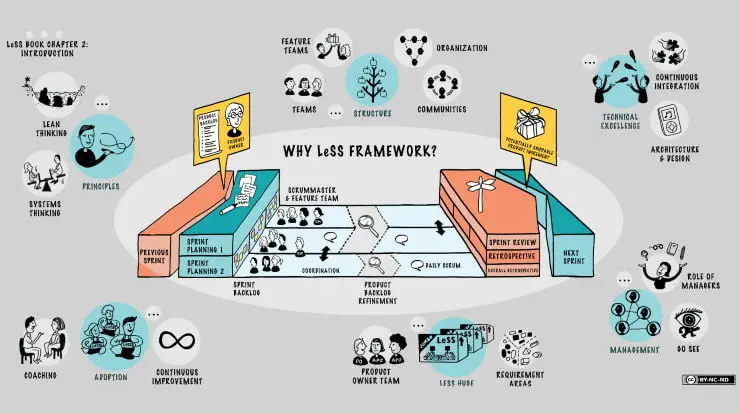
LeSS is a framework for scaling Scrum across the organisation.
If teams are experienced in working with Scrum, then scaling can contribute to transformation in the company.


copyright agile-living ©2021
+49 179 5122527